AP Human Geography, a class dedicated to learning how humans changed Earth, has already sparked the interest of 20 students in its very first year at the school.
“It starts with maps because that’s sort of the baseline, but then there’s units on population and migration and political patterns and processes,” AP Geography teacher Joseph Iuliano said. “Culture, land use, economics, politics, so it covers the whole gamut of a bunch of areas of social science and domains of human activity based in a geographic perspective.”
Abby Jacobs ’25 said the topics taught during class focused on population migration and maps.
“Right now, we’re doing a lot of stuff about population and different rates of population. We learned a lot about cartography and maps. We learned about a lot of different types of diffusion and how populations and ideas can migrate and change over time.”
Claire Fleming ’25 discussed the topic of population in different countries across the globe.
“Right now, we’re doing a lot with population, particularly learning about different populations around the world and how we can kind of identify them,” Fleming said. “We’re also learning about different vocabulary terms to identify those populations, like population density, fertility rates, birth rates, death rates, that kind of thing.”
Director of Global Studies Kelly Neely explained how AP Human Geo could spike interest in the Global Studies Diploma Program.
“It’s talking about the globe, about how people move around the globe, and how populations evolve over time,” Neely said. “It could very well lead to more interest in global studies; I certainly hope it does.”
Iuliano discussed the importance of studying and understanding Geography.
“We take a global perspective in the school as part of the mission statement, we do the winter trips, so if you’re going on a winter, you want to know where you’re going, and what neighborhood you’re going to. You don’t want to be an ignorant person going off into the world and in the geographic context, it tells you a lot about people, who they are, where they are, what they’re like there and I think it’s important for people to know.”
Fleming described the workload she experienced so far this year.
“I’d say it’s manageable, but you have to be willing to read a lot. There’s a lot of reading and taking notes, and in-class activities, which can sometimes become homework as well.”
Iuliano also discussed the relationship between this course and other programs.
“It looked like something I thought I could teach because it crossed over with some parts of International Relations, and I always think that students knowing where they are in the world and other places in the world is a good thing,” Iuliano said. “I thought this would be a good course for our students to have as a good background course.”

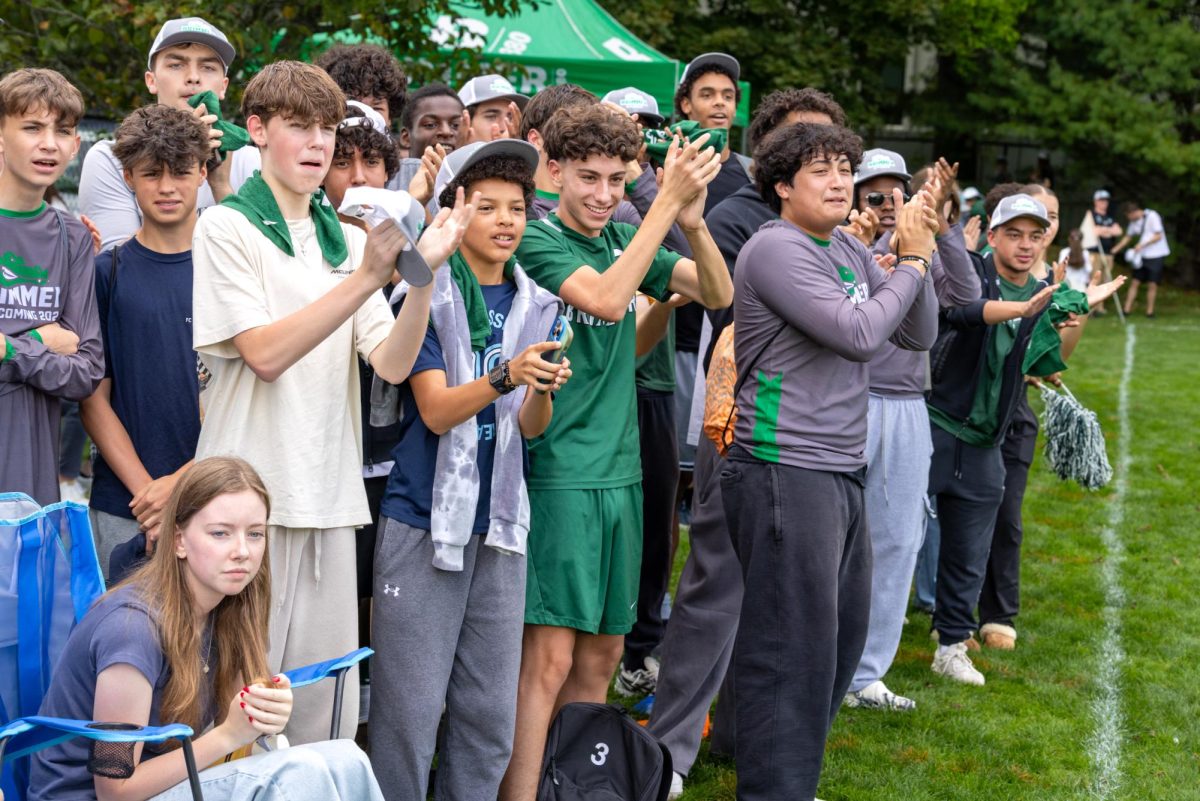
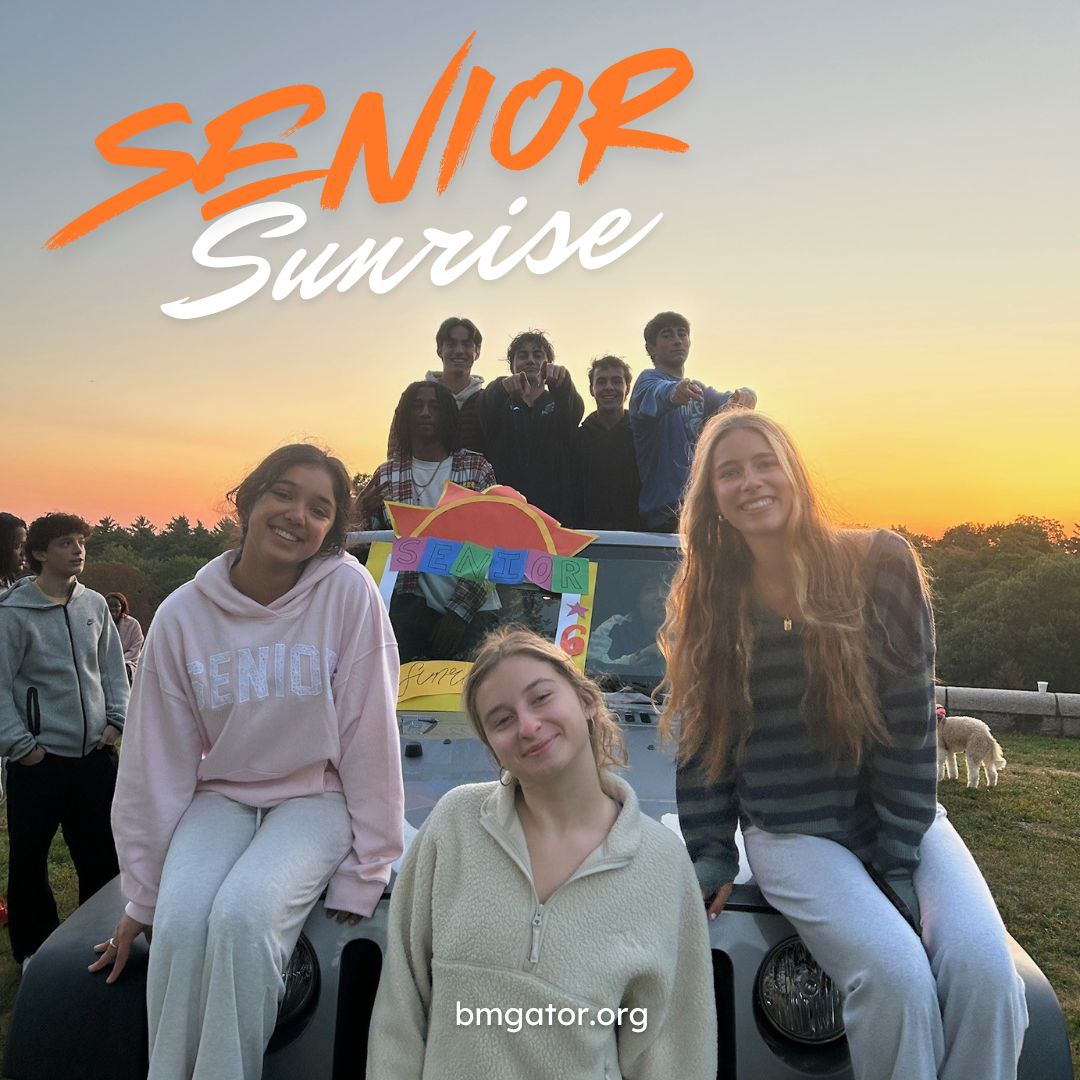
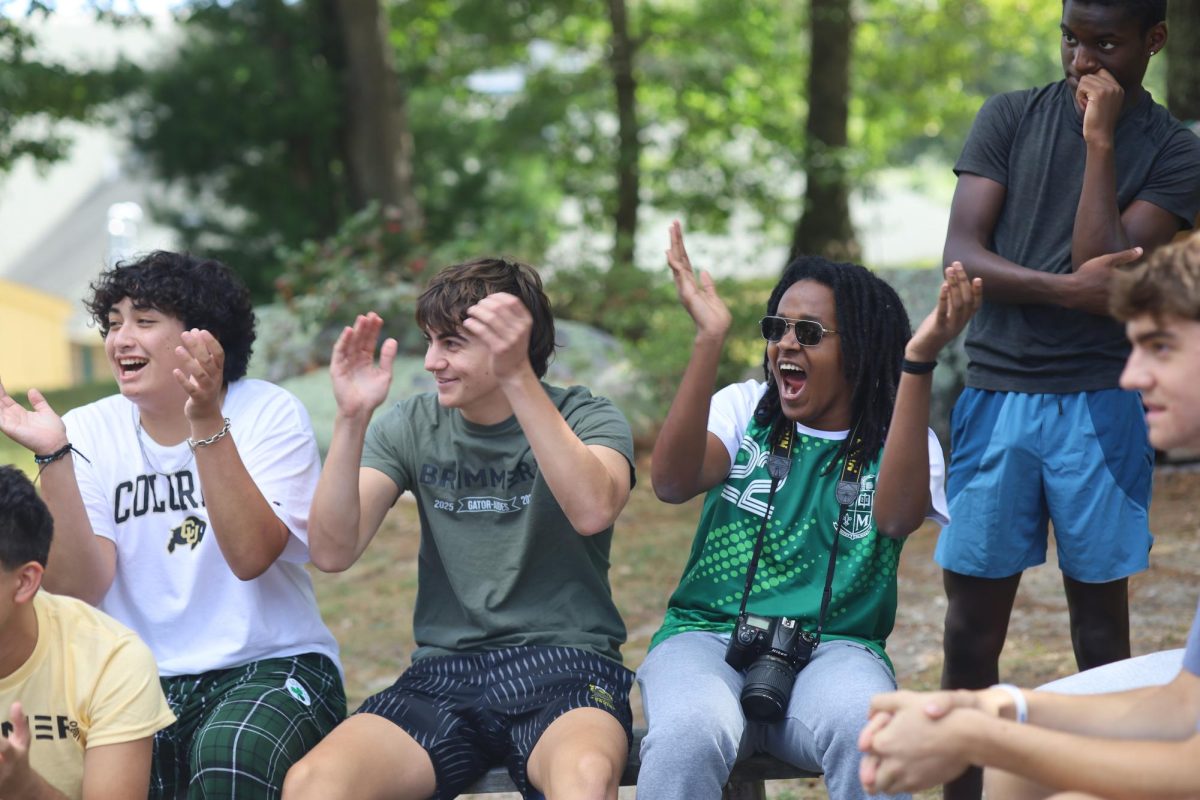
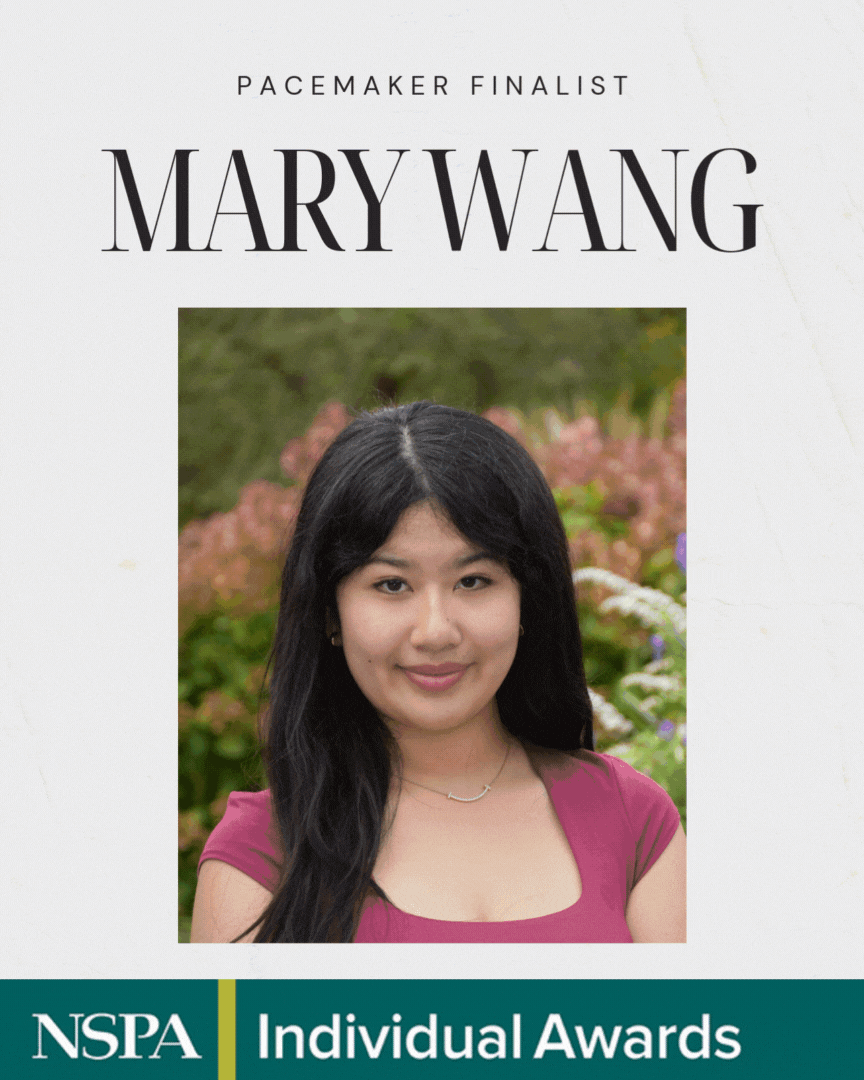
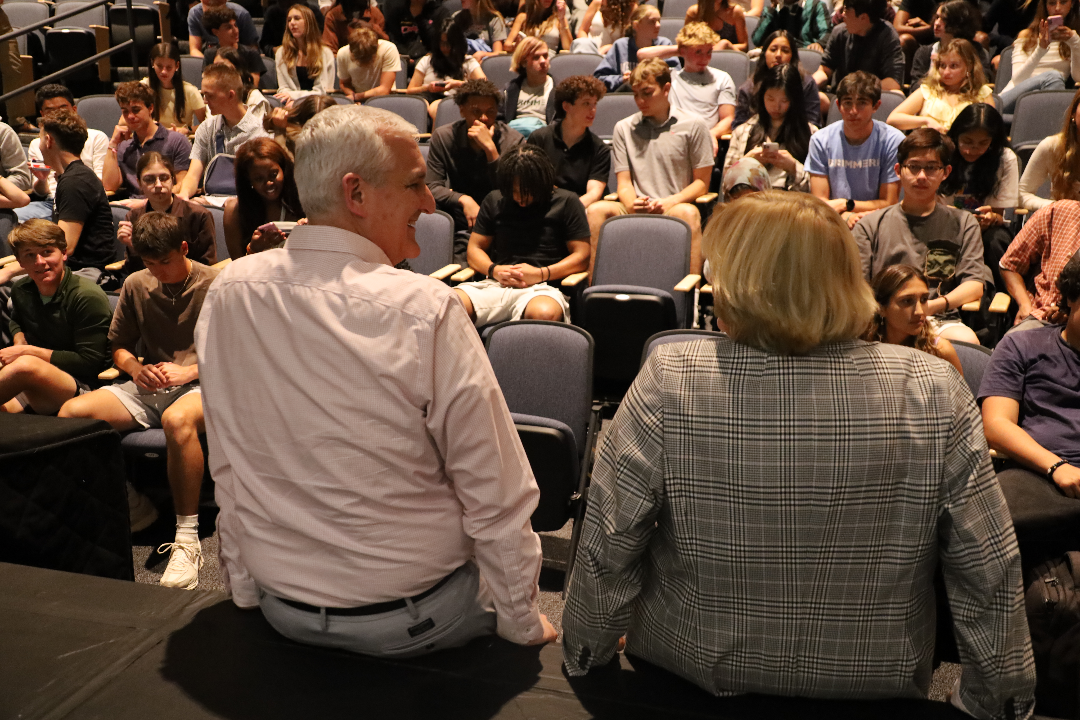



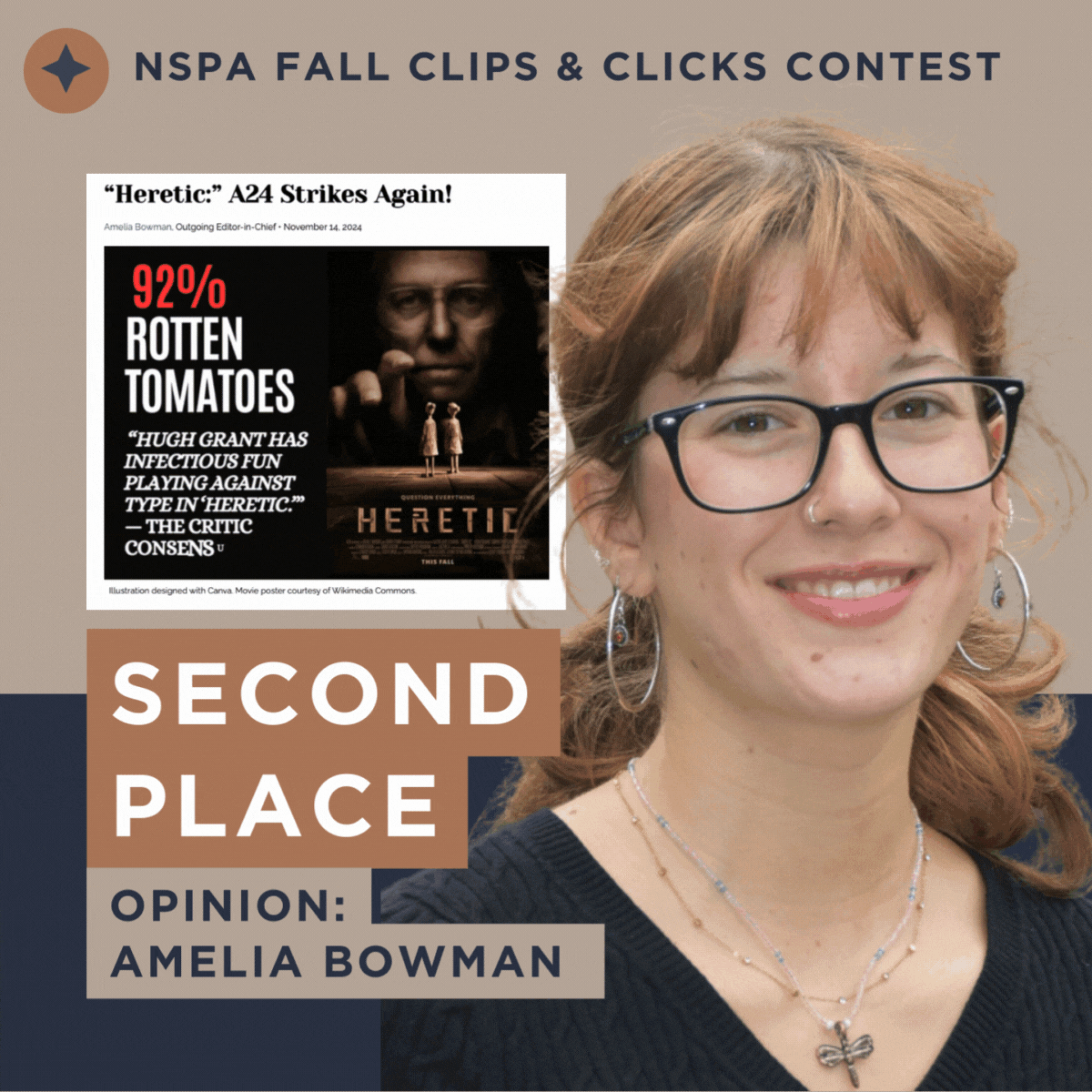
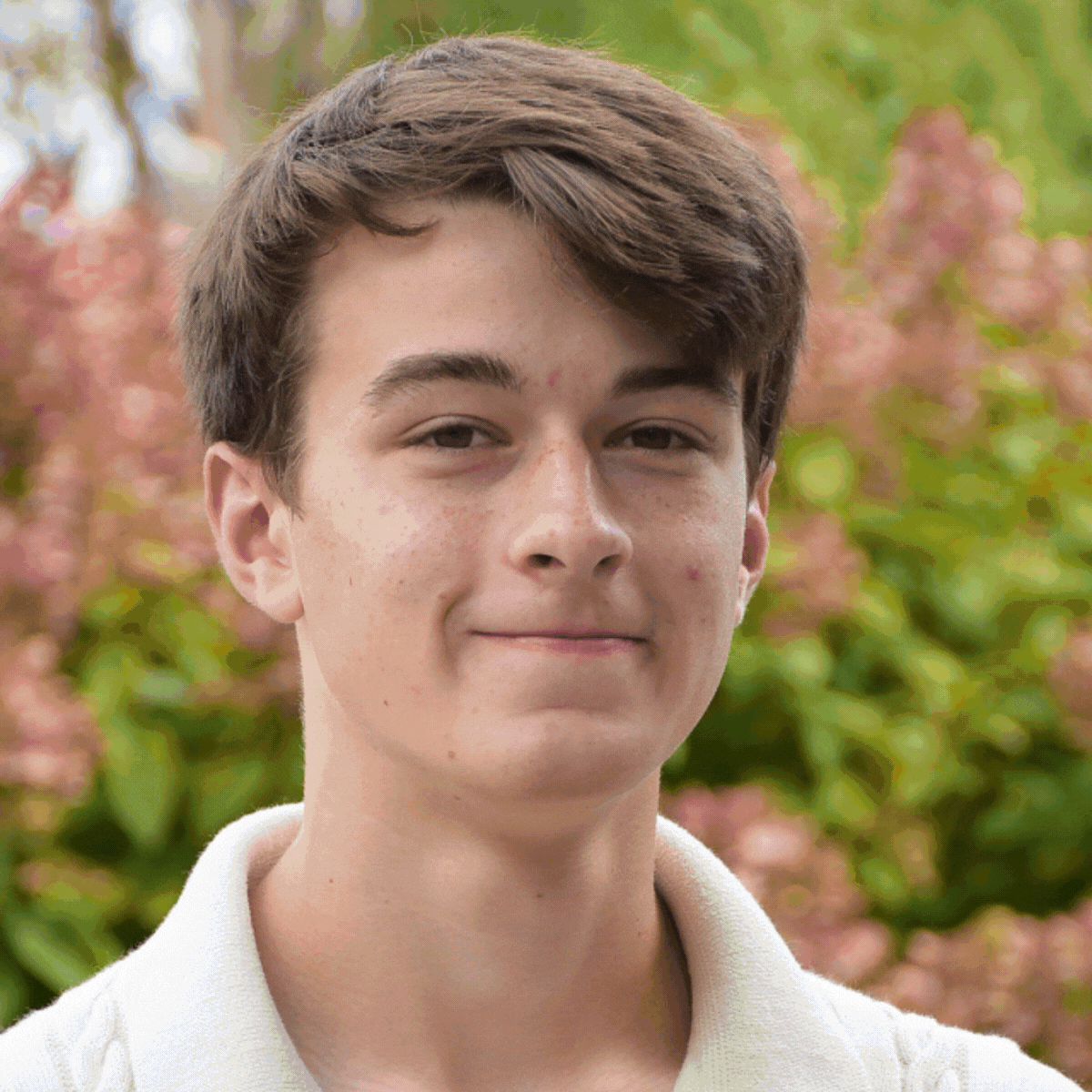




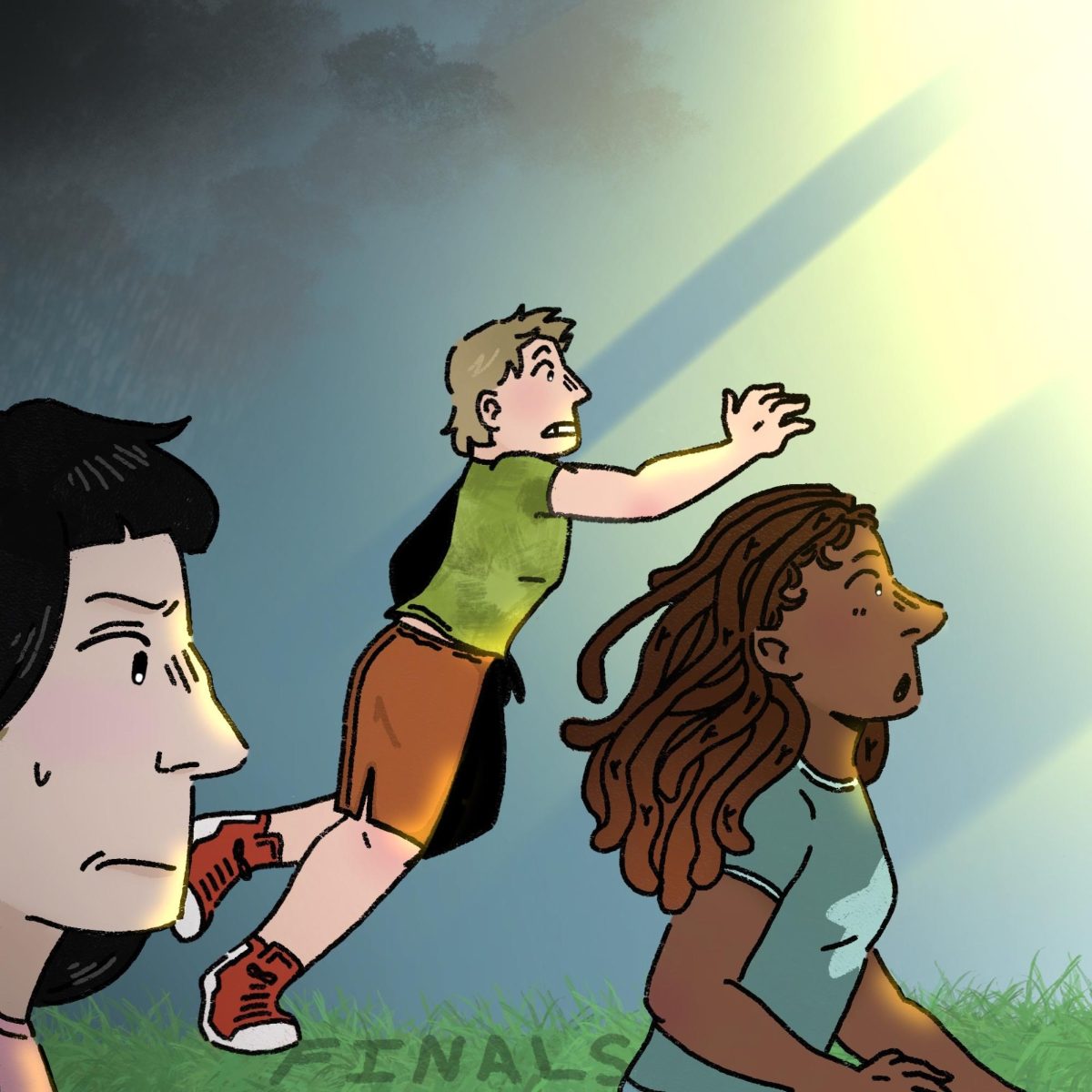











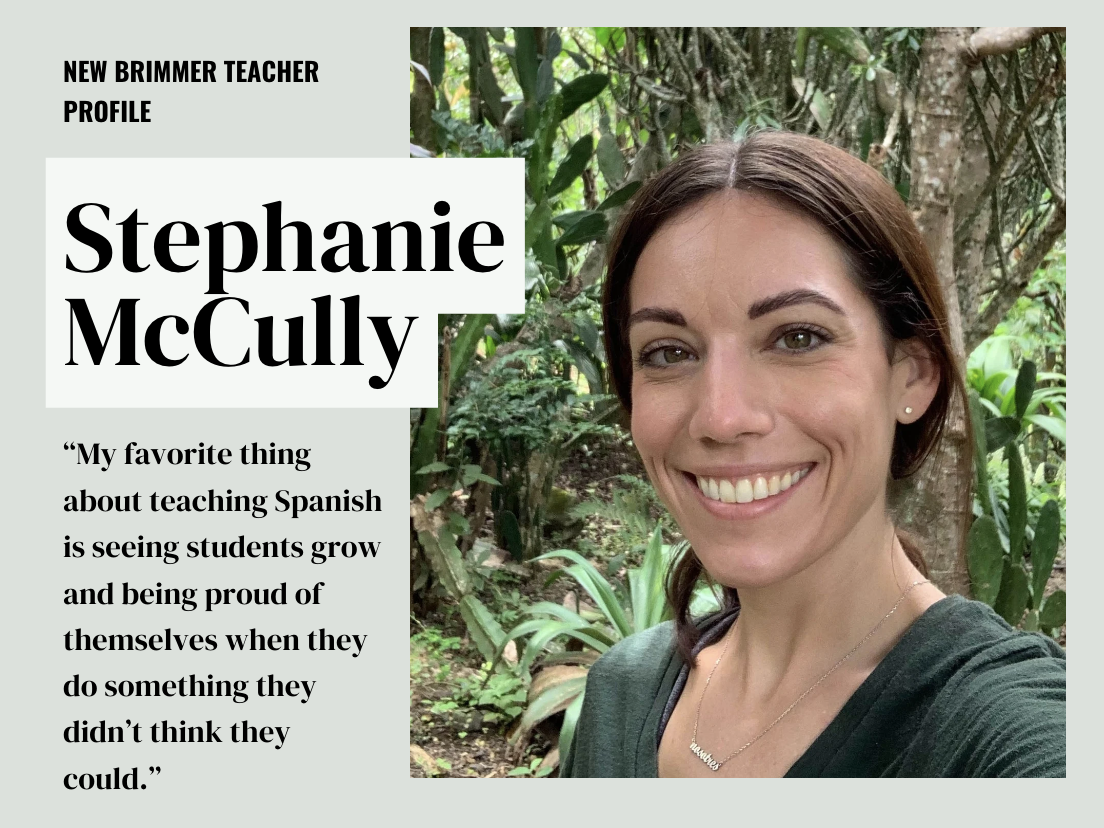
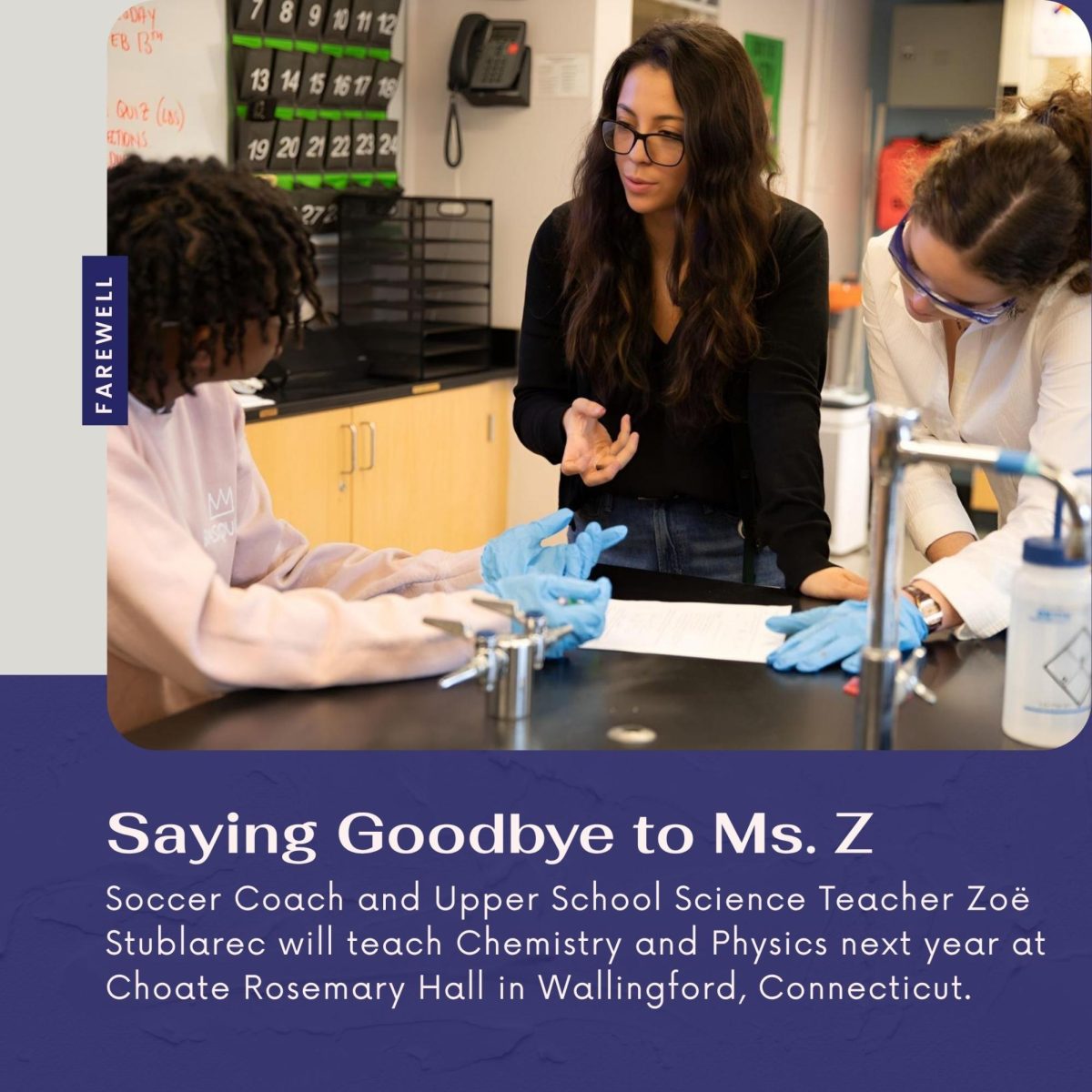





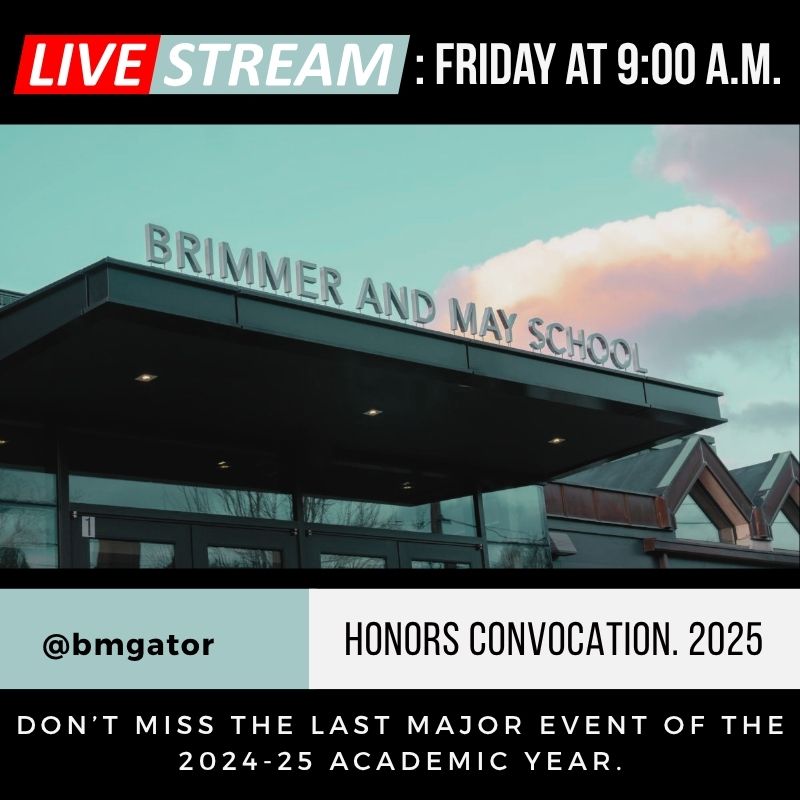
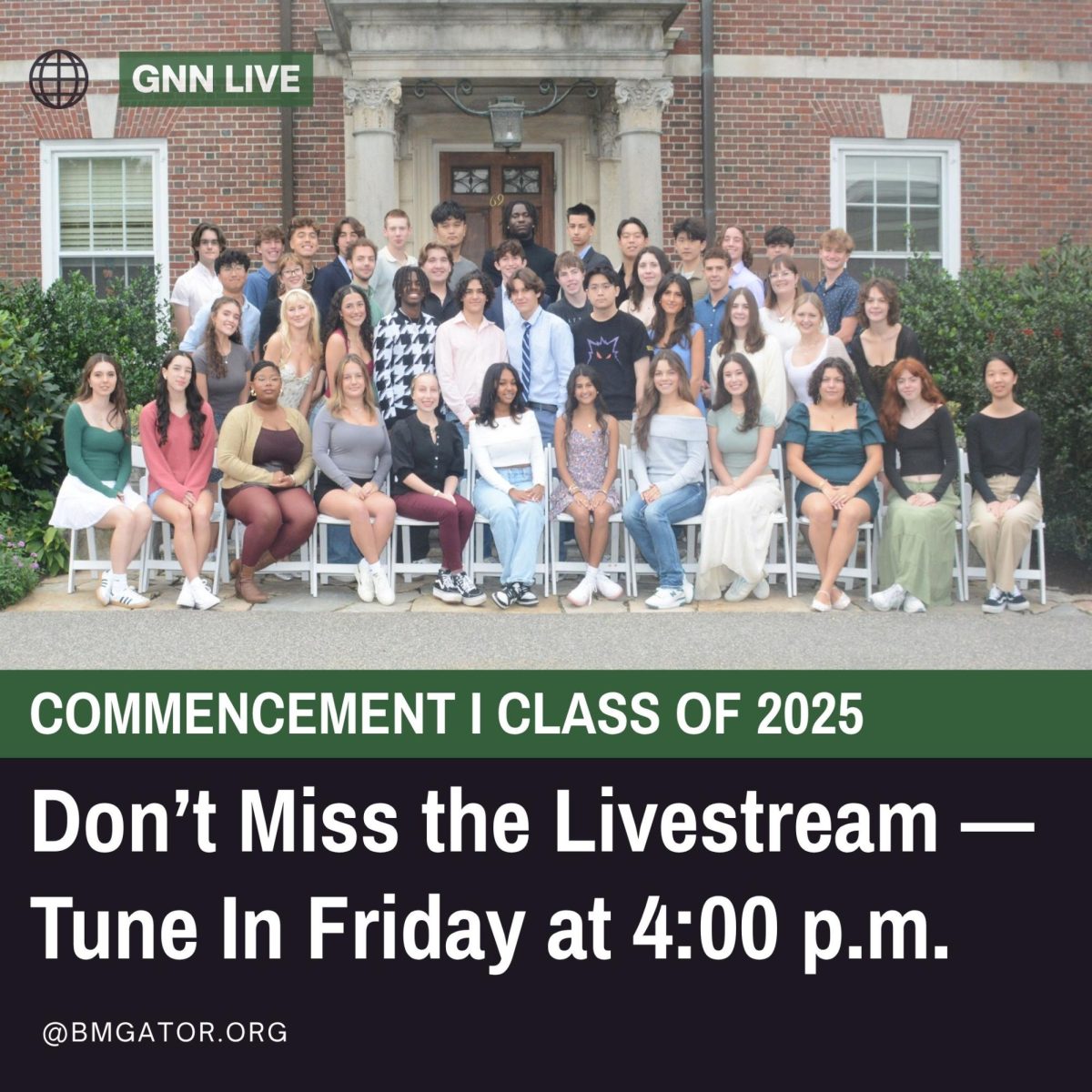



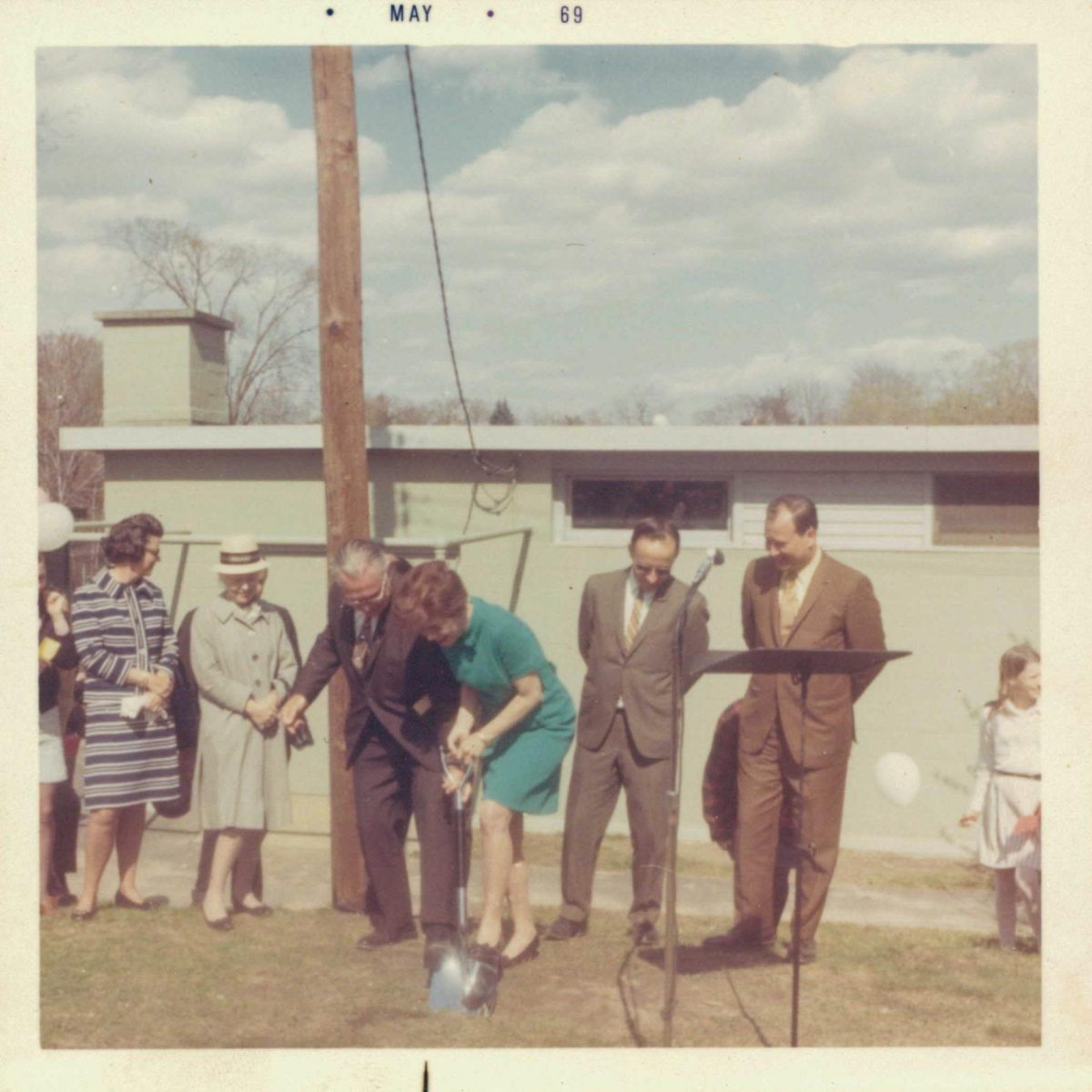
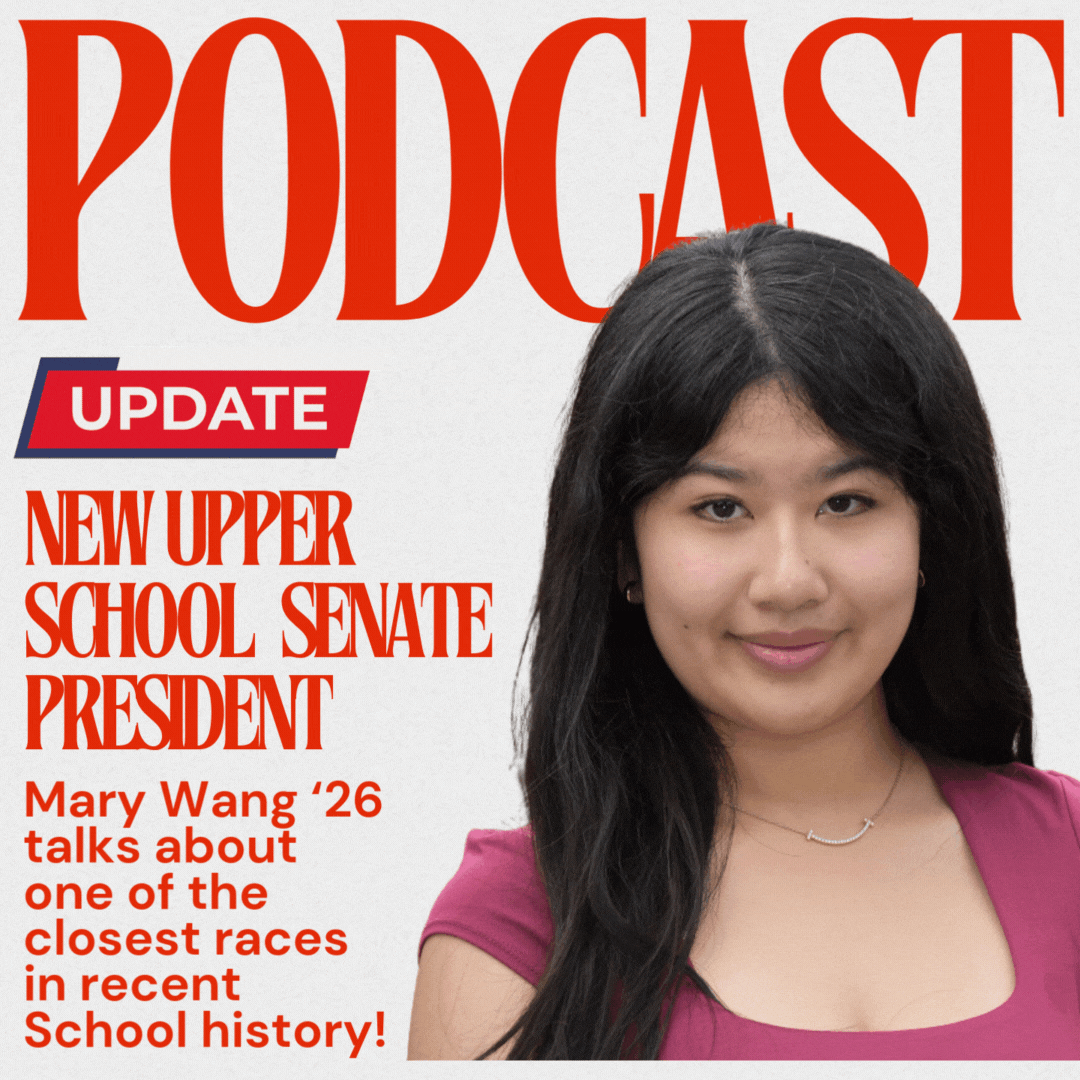
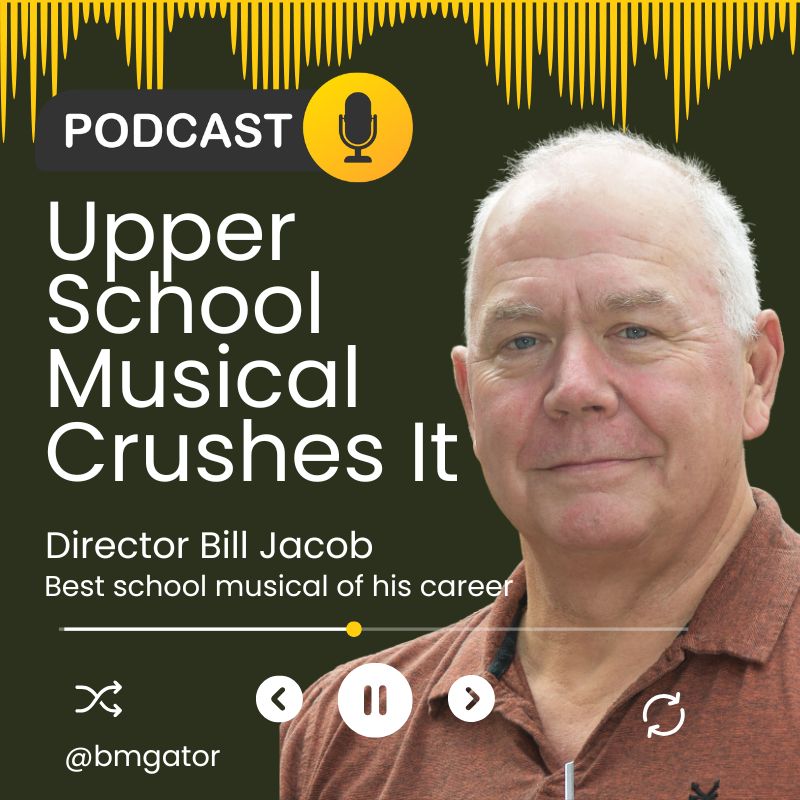
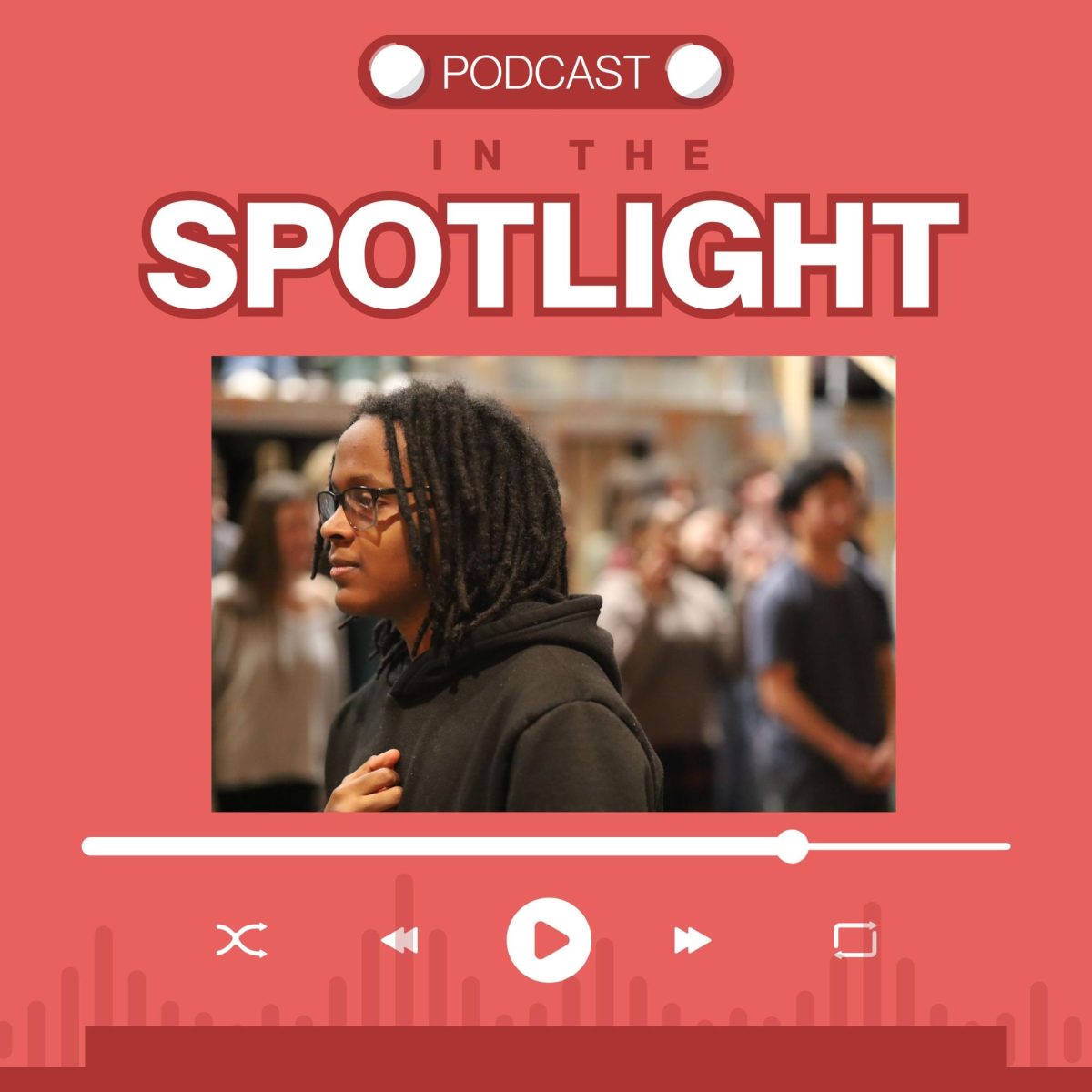









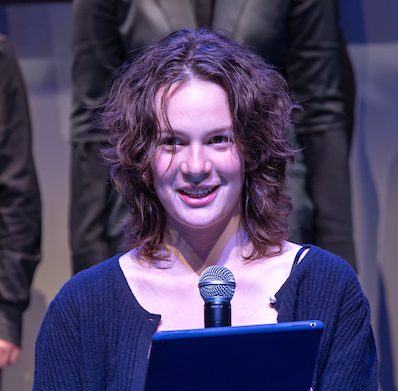

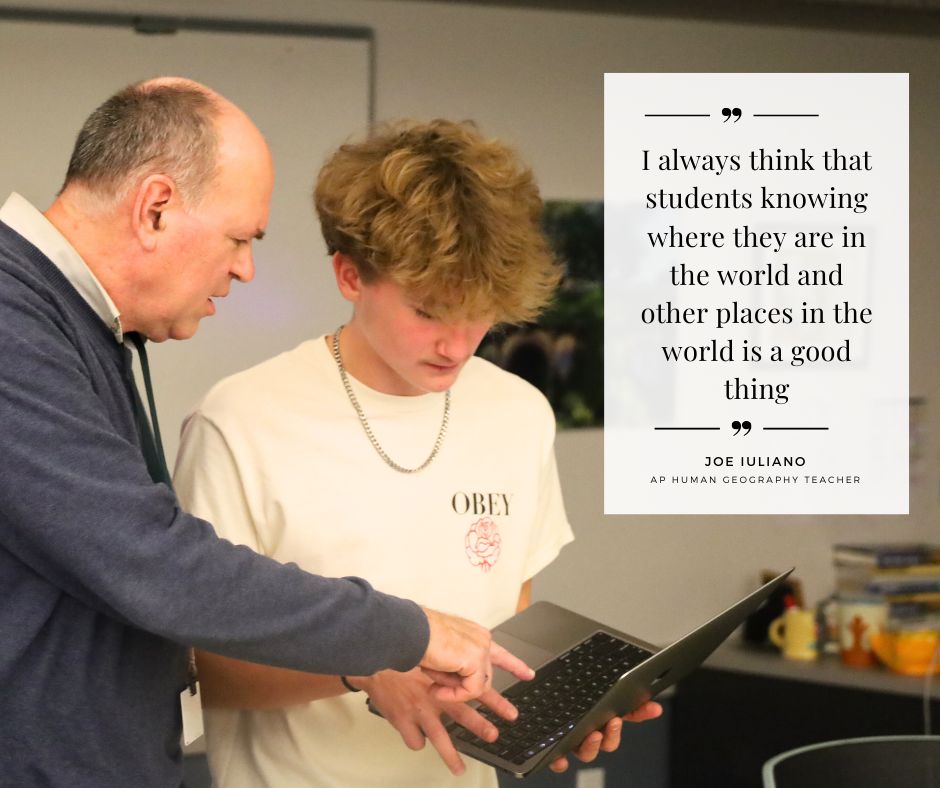
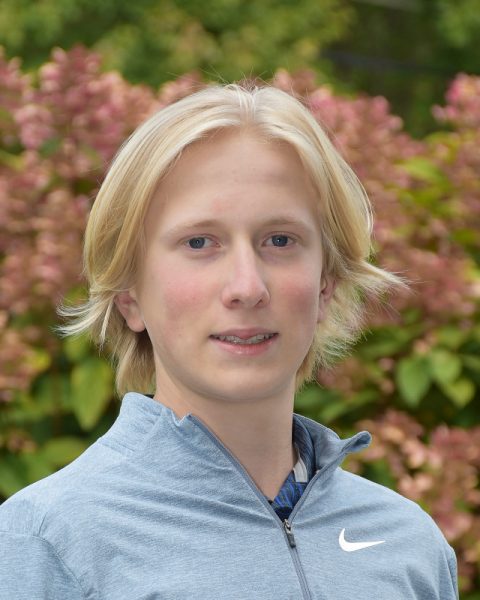
Hannah • Oct 31, 2024 at 5:56 pm
Great article, Kingston!